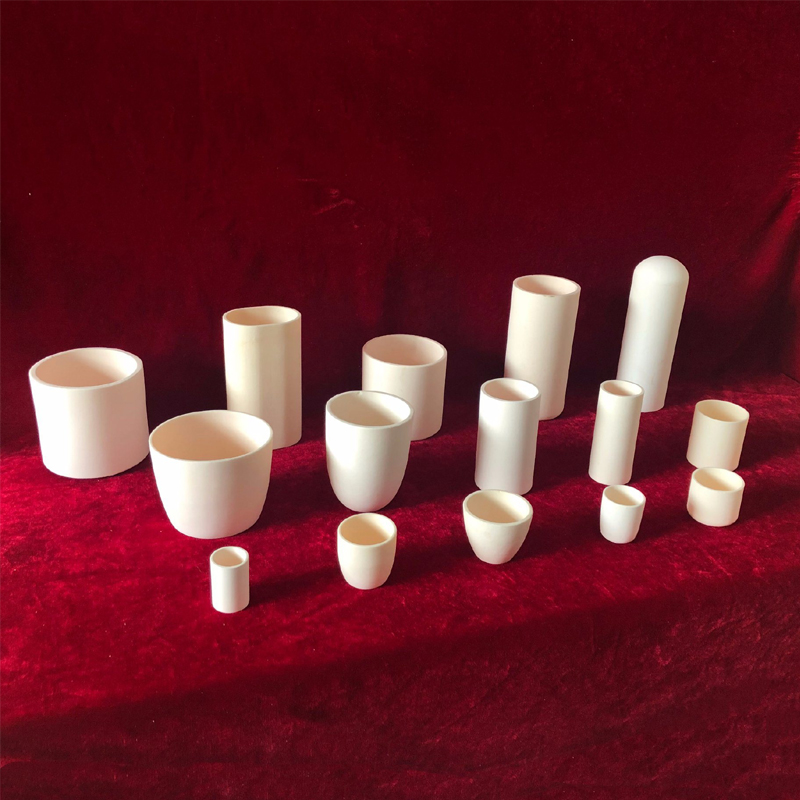High - purity Alumina Crucible: A Revolutionary Breakthrough in the Field of Precious Metal Assaying
In key fields such as precious metal smelting, jewelry detection, and electronics industry, the accuracy of assay results is directly linked to production efficiency and economic benefits. However, traditional crucible materials (such as quartz and ordinary ceramics) have long plagued the industry due to issues like easy cracking during high-temperature sample melting and susceptibility to reactions with precious metals. Jinzhou Yunxing Industrial Ceramics Company produces high-purity alumina crucibles (Al₂O₃ > 99.3%), which are setting off a global wave of technological revolution in precious metal assaying with their breakthrough performance indicators.

Pain Point Terminator: Four Technical Advantages of High-Purity Alumina crucible
1. Zero Pollution Guarantee: A Double Revolution in Purity and Stability
Traditional crucibles may release trace impurity elements (such as Fe, Si) at high temperatures, leading to contamination of precious metal samples. High-purity alumina crucibles have a purity of over 99.3% and an ultra-low impurity content (<0.03%), ensuring no interference from foreign elements during the melting of precious metals such as gold, silver, and platinum.
2. 300% Improvement in Thermal Shock Resistance: From "Fragile Item" to "Durability King"
Through nano-scale grain structure design and gradient sintering technology, High-purity alumina crucibles can withstand more than 50 rapid cooling-heating cycles at 1,600°C without cracking. A laboratory report from a Canadian mining giant shows that its service life is 4-6 times longer than traditional crucibles, and the single-use cost is reduced by 60%.
For complex precious metal ore samples containing aqua regia and hydrofluoric acid, the chemical inertness of high-purity alumina crucible can resist the erosion of strong acids and alkalis. Experiments by the Chinese Academy of Geological Sciences show that during a 10-hour acid melting test, the mass loss rate of the crucible is only 0.02%.
The unique honeycomb micro-porous structure design ensures more uniform heat distribution, shortening the sample melting time by 25%.
Industry Response: Value Transition from Laboratory to Industrial Applications
The head of a precious metals department in Switzerland commented, "This is the biggest technological advancement we have seen in a decade. Million-dollar controversial test reports caused by crucible contamination in the past have now been completely eliminated."
In the domestic market, a large platinum group metal smelting enterprise in Yunnan has saved over 2 million yuan annually in crucible procurement costs by adopting high-purity alumina crucible. Meanwhile, the 0.8% increase in precious metal recovery rate due to improved detection accuracy has brought an annual economic benefit of over 50 million yuan.
Epilogue:
As precious metal assaying shifts from "experience dependence" to "material science-driven," the innovation of high-purity alumina crucibles is not just a product success but a milestone marking the industry's entry into a new era where data precision becomes the core competitive edge. With the global precious metal testing market exceeding $5 billion annually, this industrial upgrade triggered by material innovation is redefining the value of accuracy.

